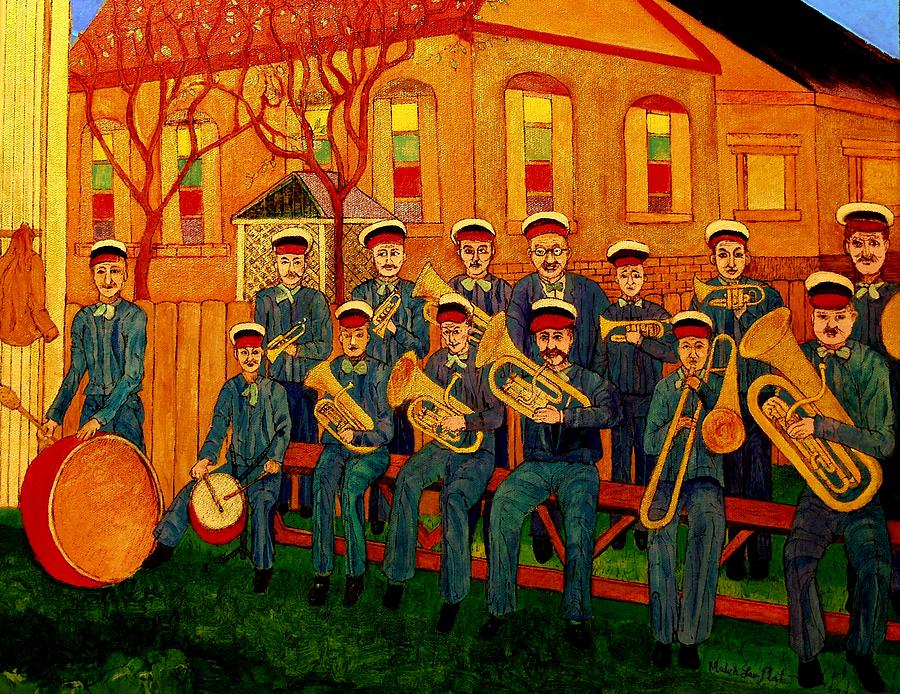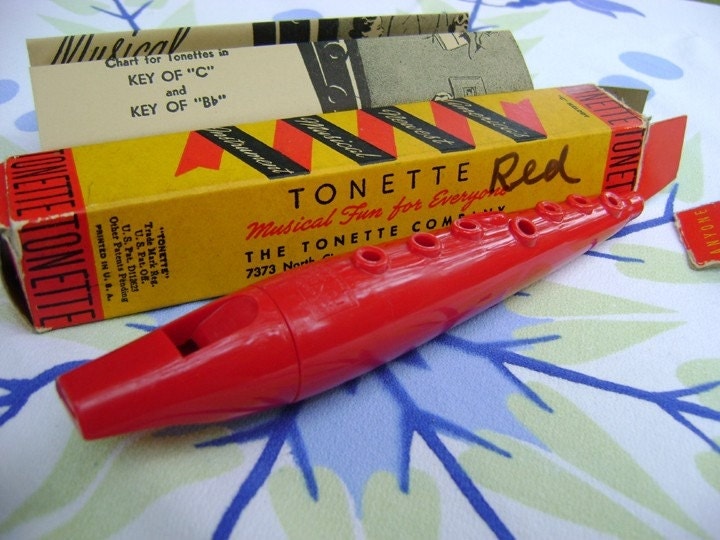“Any great work of art... revives and re-adapts time and space, and the measure of its success is the
extent to which it makes you an inhabitant of that world - the extent to which it invites you in and lets
you breathe its strange, special air.”
AUTHOR: Leonard Bernstein
MEANING OF THE QUOTE:
“A great piece of music can transport your imagination back in
time, ahead in the future, make you laugh or cry, and send you
to exotic places.”


“A great piece of music can transport your imagination back in
time, ahead in the future, make you laugh or cry, and send you
to exotic places.”
COMPOSER
COPLAND


Fanfare For The Common Man
composer and conductor of the Cincinnati Symphony Orchestra,
in response to the US entry into the Second World War.
Fanfare For The Common Man
Aaron Copland Conducts
From the New York Philharmonic's "Young People's Concerts"
Ep. 2 "What is American Music?"
Original broadcast February 1st, 1958
LESSON PLAN
http://www.rpo.org/UserFiles/File/PDF/intermediate%2009-10/Copland_09.pdf

GRANADA ADV. STRINGS
1. G MAJOR SCALE
a. Separate bows UH
2. BELIEVE
a. Review subdivided counting

GRANADA ADV. STRINGS
1. G MAJOR SCALE
a. Separate bows UH
2. BELIEVE
a. Review subdivided counting
INTRO. TO INSTRUMENT
1. AUDIENCE ETTIQUETTE AT DIFFERENT VENUES
2. KEYBOARD RECITALS
1. AUDIENCE ETTIQUETTE AT DIFFERENT VENUES
2. KEYBOARD RECITALS
GRANADA BEG. STRINGS
1. OPEN STRING BOWING
a. UH and LH of bow
2. FINGER PATTERN: DO-RE-MI-FA
a. Do-Re-Mi-Fa/Fa-Mi-Re-Do each string
b. UH bow
3. OLD MACDONALD
a. Everyone plays Part 1 then Part 2
b. Class separated into Part 1 and 2 and plays the song by parts (then groups switch parts)
1. OPEN STRING BOWING
a. UH and LH of bow
2. FINGER PATTERN: DO-RE-MI-FA
a. Do-Re-Mi-Fa/Fa-Mi-Re-Do each string
b. UH bow
3. OLD MACDONALD
a. Everyone plays Part 1 then Part 2
b. Class separated into Part 1 and 2 and plays the song by parts (then groups switch parts)
HILLVIEW ORCHESTRA
1. INTRODUCTION TO THE KEYBOARD
a. White Keys
2. MUSICAL ALPHABET
3. HOW TO PLAY SONGS USING HAND FRAMES
1. INTRODUCTION TO THE KEYBOARD
a. White Keys
2. MUSICAL ALPHABET
3. HOW TO PLAY SONGS USING HAND FRAMES



















































